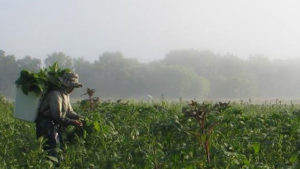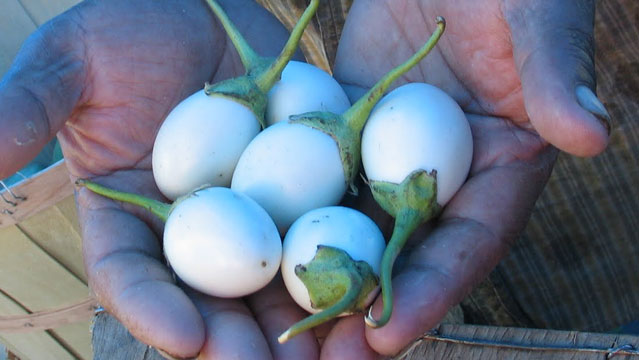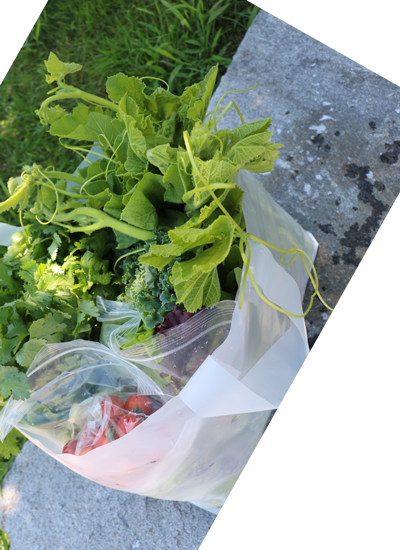Cultural Learning: A Day at Flats Mentor Farm
This blog is from World Farmers' Intern Blog Series, featuring reflections written by 2017 and 2018 summer high school interns from Nashoba Regional High School. To read the full series, visit our blog page www.worldfarmers.org/blogs, and stay tuned! We will release a new blog in the series on alternating Fridays in February, March, and April, 2019.
Cultural Learning:
A Day at Flats Mentor Farm
By Krista Flinkstrom, Nashoba Regional High School Summer Intern, Summer 2017
 I was walking around the farm in the soupy, humidity-filled air doing one of my favorite tasks: assessing crop availability. Gathering crop availability information allows me to meet and interact with, and learn from the farmers who come from all around the world. My interest in and passion for foreign languages, other cultures, and unique crops have only grown with this internship.
I was walking around the farm in the soupy, humidity-filled air doing one of my favorite tasks: assessing crop availability. Gathering crop availability information allows me to meet and interact with, and learn from the farmers who come from all around the world. My interest in and passion for foreign languages, other cultures, and unique crops have only grown with this internship.
A plot filled with intercropped jilo (a white eggplant), beans, and corn was tended by an African family. A voice called out behind the corn, “Do you want to help us?” as I looked on with interest. I called back, “Sure!” and gingerly stepped around the crops. Once I reached the voice, I met a man in his mid-20’s weeding. He showed me how to hoe out the weeds. Kisii, a tribal African language, zipped back and forth as the family members talked. The man said he spoke Kisii, Swahili, and English. I used my few, limited words of Swahili to say, “Habari yako” or “how are you?” to which he replied “Salaam.” I left promising to learn more Swahili for the next visit.
Chue, a Hmong farmer, needed help picking mint for a last-minute wholesale order. As I helped her, we chatted about her grandchildren and home country of Laos. Then, I asked her how to say hi in her language, and I learned, “Nyob zoo.” This interchange inspired me to learn more Hmong words from various YouTube videos. The next time I saw Chue, I needed to communicate to her that we needed her to make smaller bunches so her boxes would weigh the standard weight. I found myself explaining with my hands big, “loj,” with a frown and small, “me,” with a smile. She smiled and understood.
These moments of intercultural interactions are what I look forward to every day at work in this internship. I look up to April, our talented Markets and Marketing Specialist, who speaks English, Spanish, French, and Swahili. She has also founded a cooking school in Kenya, developed a line of cashew butters, preserved hundreds of pounds of food, and taught English. April inspires me with her language and culinary skills; I hope to be like her when I grow up.


